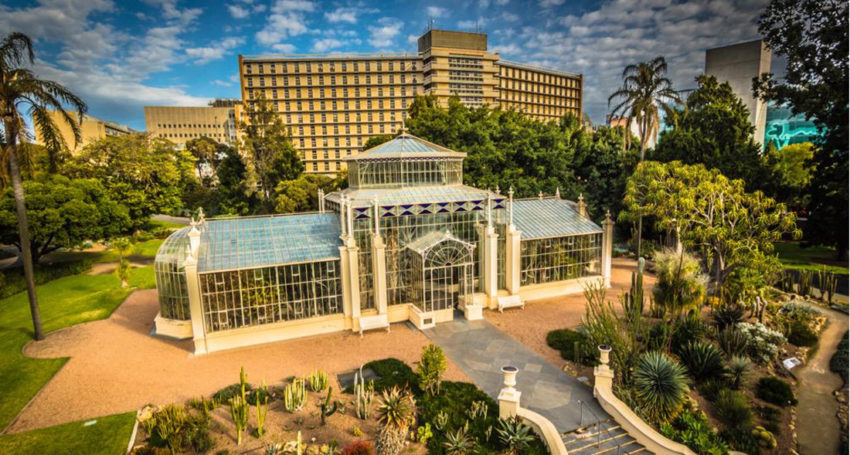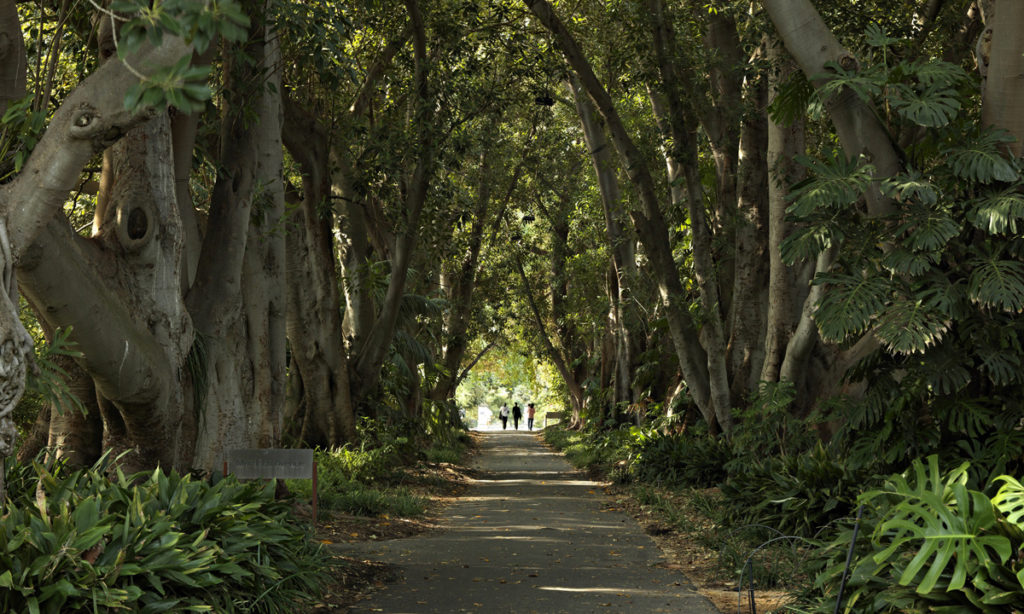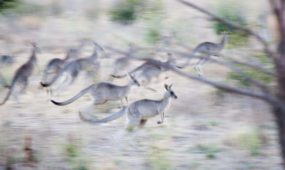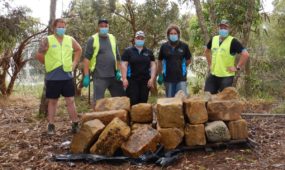City botanic garden shrugs off development pressures and expands
Environment
As city botanic gardens around the world struggle to maintain their footprints in the face of development pressures, one city garden is about to grow to its biggest size in its 180-year history.

Sign up to receive notifications about new stories in this category.
Thank you for subscribing to story notifications.

The Adelaide Botanic Garden in South Australia has been given 2 hectares of adjoining land following the decommissioning of the Royal Adelaide Hospital on the edge of the city’s central business district.
The land will extend the Adelaide Botanic Garden’s size to 29 hectares. The garden abuts the 23ha Botanic Park combining to make a 52ha green belt that between the city’s North Terrace and the River Torrens.
Adelaide Botanic Garden Director Lucy Sutherland said the gifting of additional land was rare in built up urban areas because of development pressure on city spaces.
She said there had been several examples where city botanic gardens had to give up land to make way for infrastructure developments including in Sydney and Brisbane.
“So with Adelaide Botanic Garden this is incredibly rare,” Dr Sutherland said.
“Even when the hospital land was originally taken for the greater good of the hospital in the 1960s, other land was given to the botanic garden at that time to compensate.
“The unusual thing about the Adelaide Botanic Garden is that with everything happening and the city developing, it’s never actually reduced in size.”
The land, about the size of two large sports fields, adjoins the southwest corner of the existing garden, has some North Terrace road frontage and currently houses the soon-to-be-demolished East Wing building of the Royal Adelaide Hospital.
The hospital closed earlier this month, coinciding with the opening of the $2.3 billion new Royal Adelaide Hospital about 2km down North Terrace to the west.
Dr Sutherland said the Adelaide Botanic Garden hoped to take control of the land within two years, depending on what contamination threats were uncovered during demolition.
However, she said the state of the land was unlikely to impact on the institution’s ability to grow a garden on it.
“All of that will be very carefully looked at and any new soil being brought in will have to adhere to certain specifications,” she said.
“People will be picnicking on that land so it will undergo scientific investigation to make sure that soil is going to work for us.”

A landscape architect will be engaged by the South Australian Government to work with the botanic garden on designing the area.
Botanic Gardens of South Australia has also recently released its Strategic Plan for 2017-22.
Dr Sutherland said the two plans would be intrinsically linked to ensure the best outcome.
She said the gifted land provided an opportunity to open up the garden more to North Terrace to make a greater entry statement and would allow more evening activities.
“We have really lovely heritage gates on North Terrace but they are very modest, not grand,” Dr Sutherland said.
“We want to create a new sense of entry and arrival. North Terrace is a very busy boulevard so when people come into the gardens we want them to have the feeling of entering an oasis.
“The government has made it very clear that they want to see that as an integrated zone and it will really open up the gardens to North Terrace and people will be able to visually see it much earlier and enter it more easily.”
The Adelaide Botanic Garden welcomed 1.14 million visitors last year, making it one of the city’s best-attended attractions.
Dr Sutherland said the expansion and the opening of the nearby Botanic High School in 2019 would put the garden in the spotlight and help build on the already strong links with other North Terrace institutions such as the Art Gallery of South Australia and the State Library of South Australia.
“We’ll be working with the high school to ensure that the garden can become a place of learning for them and a place they can easily access,” she said.
“Our philosophy is of life long learning and engagement so the opportunity to capture people in their teens is amazing.
“Sometimes people come into the garden for relaxation and recreations but they are not always aware there is a whole bunch of science going on – we’re cracking the code on how to germinate South Australian flora so we can get threatened species back out into the environment.
“That institutional work we do is not always overt and being in the spotlight again really provides us with an opportunity to start talking about our work as an institution.”
Laid out by Colonel William Light in 1836, Adelaide is famous for its green spaces. The city is surrounded by 930ha of parklands, the largest urban park system in Australia.
Next month Adelaide will host the 8th Biennial Botanic Gardens of Australia and New Zealand Congress at the National Wine Centre, which adjoins the Adelaide Botanic Garden.
Jump to next article



